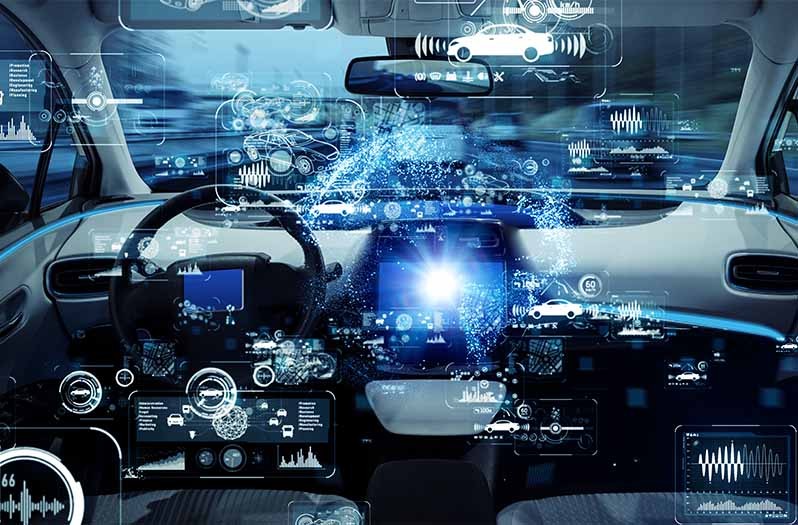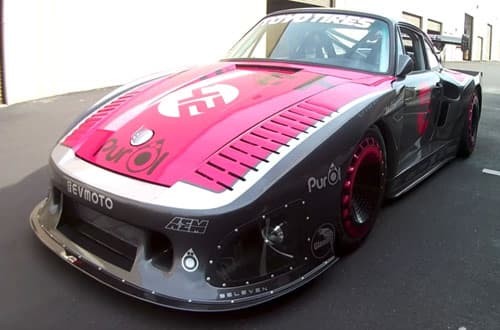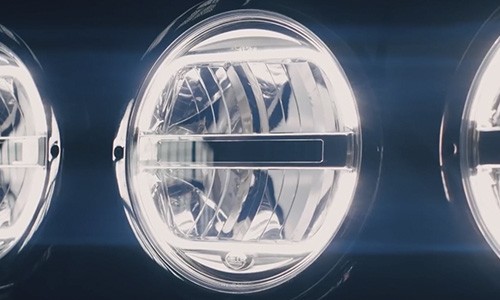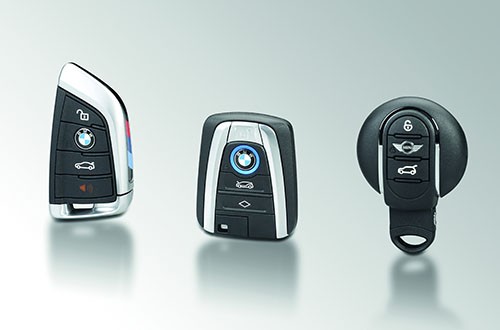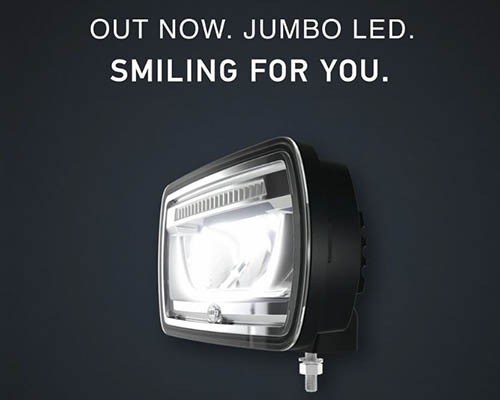EGEA publishes a guide on how to deal with driver assistance systems
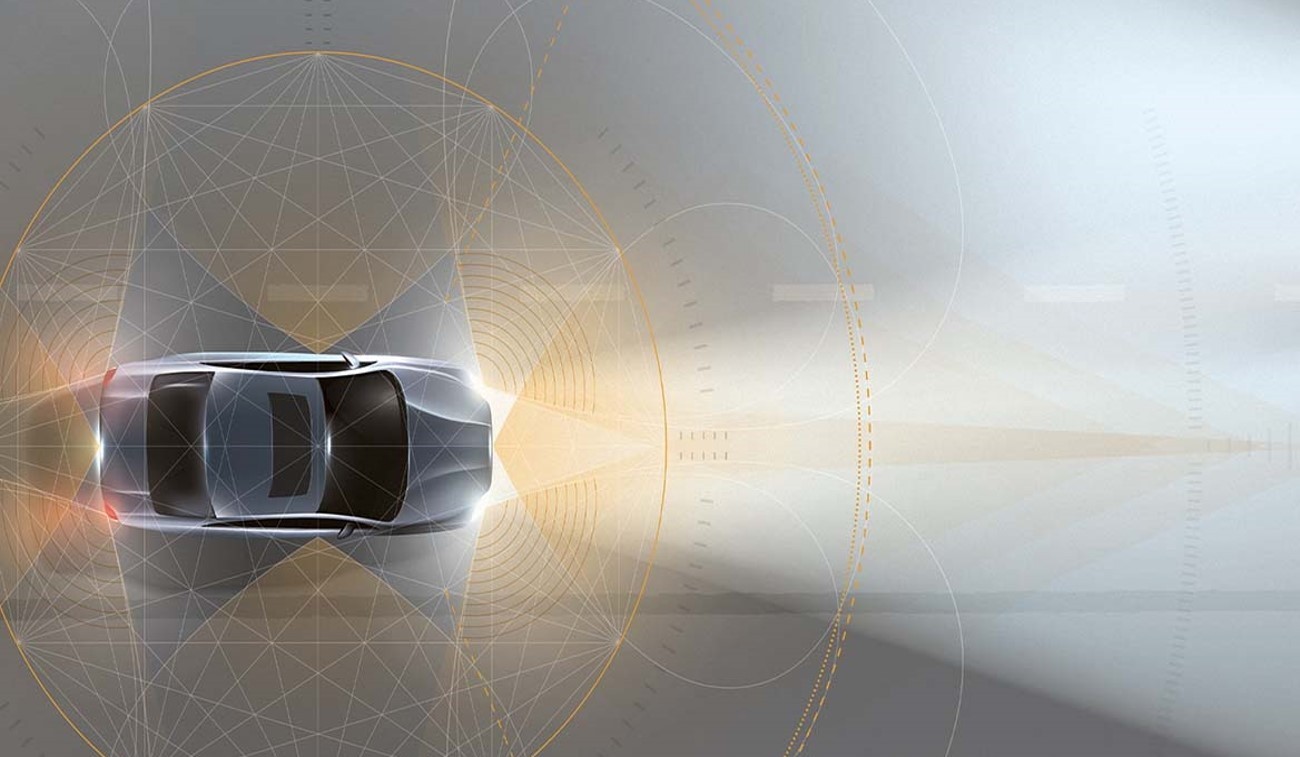
1. Adaptive high beam
With the adaptive high beam, i.e. the adaptive high beam assistant, the principle of sliding headlamp levelling applies. The xenon headlamps are linked to a camera that is able to intelligently assess images. Depending on the camera signal (oncoming traffic or vehicles ahead), the headlamp range changes with the adaptive high beam, which can either reach up to 300 m or only up to the glare zone of the next vehicle. As soon as the camera no longer recognises any other road users, the system once again slowly and in a sliding motion switches to 'high beam'.
2. Lane change assistant
With the Lane Change Assistant, radar sensors on the vehicle rear end complement the driver’s 'glance over the shoulder' when changing lanes. These sensors monitor the entire rear of the vehicle as far as the side parallel to the car including 'the blind spot' where other vehicles might be driving. If drivers then indicate and want to change lanes, the lane change assistant warns them of any approaching vehicles. This can be a visual warning signal in the wing mirror or – depending on the system – also an audible one.
3. Traction control
A traction control system (abbreviated to TCS) prevents spinning of the drive wheels when driving off or during rapid acceleration on unpaved roads. The system is called different names by the various vehicle manufacturers.
Furthermore, the guide offers concrete practical tips for dealing with ADAS in everyday workshop life, e.g.:
Quo vadis, ADAS?
Against the growing background of automated and autonomous vehicles, the correct handling of driver assistance systems will become even more important. Workshops that address the new requirements for technical training, special tools and repair procedures at an early stage are therefore better equipped for the future.
The entire document can be downloaded here: PDF document
